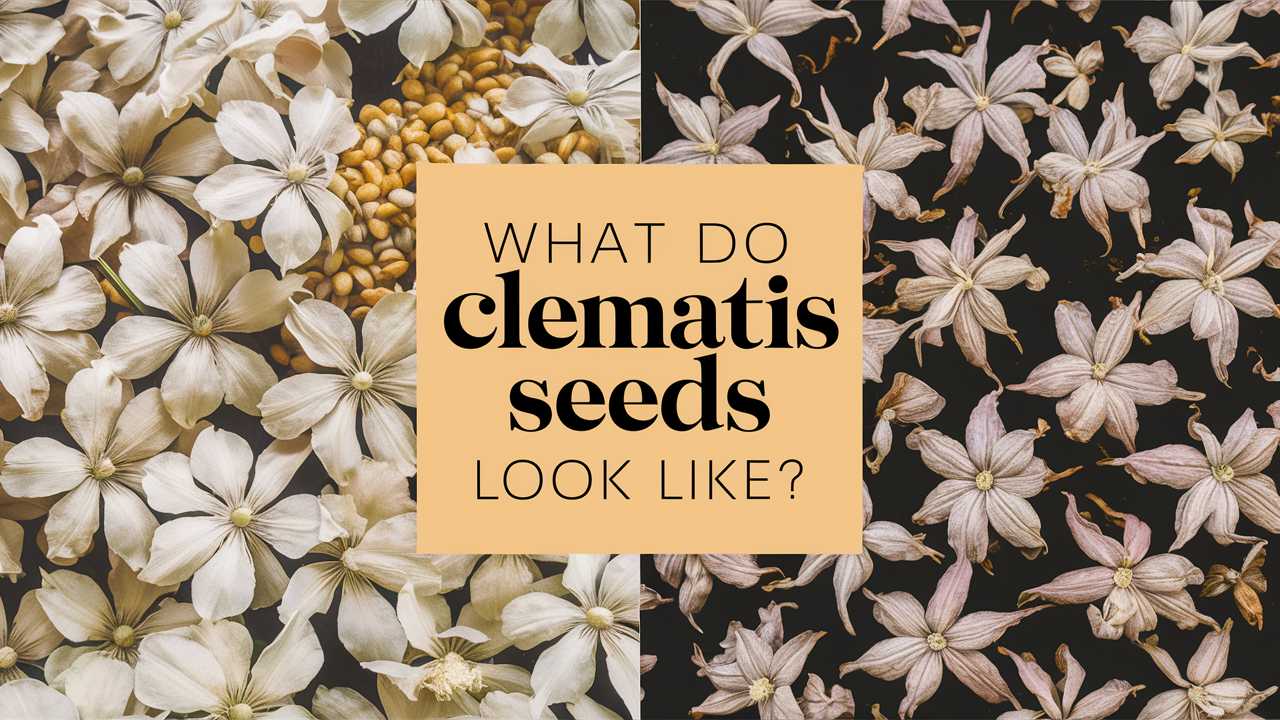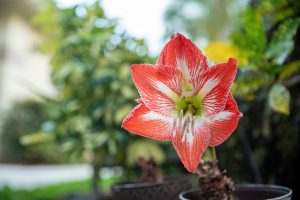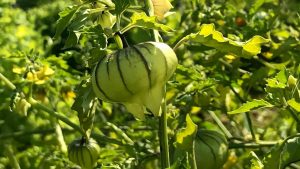In this post, we’ll explore the fascinating world of clematis seeds, from their appearance to their growth and cultivation.
Understanding Clematis and Its Seeds
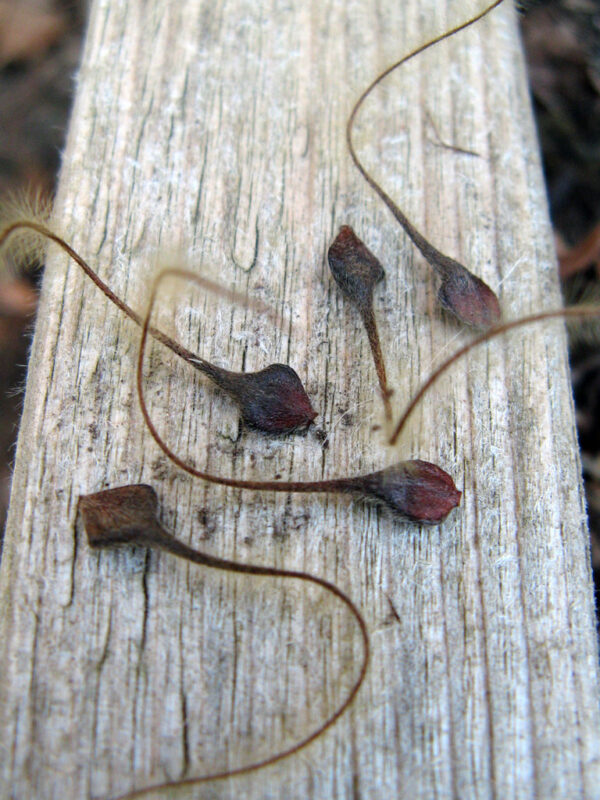
The Life Cycle of Clematis
Before diving into seed specifics, it’s essential to understand the life cycle of clematis. These perennial plants go through stages of growth, flowering, and, ultimately, seed production. With over 300 species and countless hybrids, clematis can be found in various forms, each adapted to diverse environments. The flowering period varies by species, but once the blossoms fade, they develop seed heads filled with seeds.
Clematis is known for its climbing ability, often winding around supports, fences, or other structures. This vertical growth helps them access sunlight, which is vital for photosynthesis and subsequent seed development.
Characteristics of Clematis Seeds
So, what do clematis seeds look like? The seeds themselves are generally small, about 3 to 5 mm in length. Depending on the species, their shapes can vary from oval to elongated and slender. Most clematis seeds are brown or dark in color, resembling tiny nuggets.
However, one of the most distinctive features of these seeds is their fluffy, feathery tufts called “pappus.” The pappus acts as a parachute, aiding in wind dispersal. This adaptation allows clematis seeds to travel considerable distances from their parent plant, promoting genetic variation and colonization of new areas.
The Role of Seed Architecture
The architecture of clematis seeds plays a critical role in their survival. The tough outer seed coat protects the embryo inside, allowing it to weather harsh environmental conditions. This hardiness is vital because seeds often face challenges such as drought, predation, and varying soil conditions in their quest to germinate and grow.
Moreover, the lightweight, fluffy pappus enables the seeds to be carried away by the wind, opening up new opportunities for growth. As seeds land in suitable environments, they can germinate and give rise to new clematis plants, continuing the cycle of life for this remarkable vine.
How Clematis Seeds Are Formed
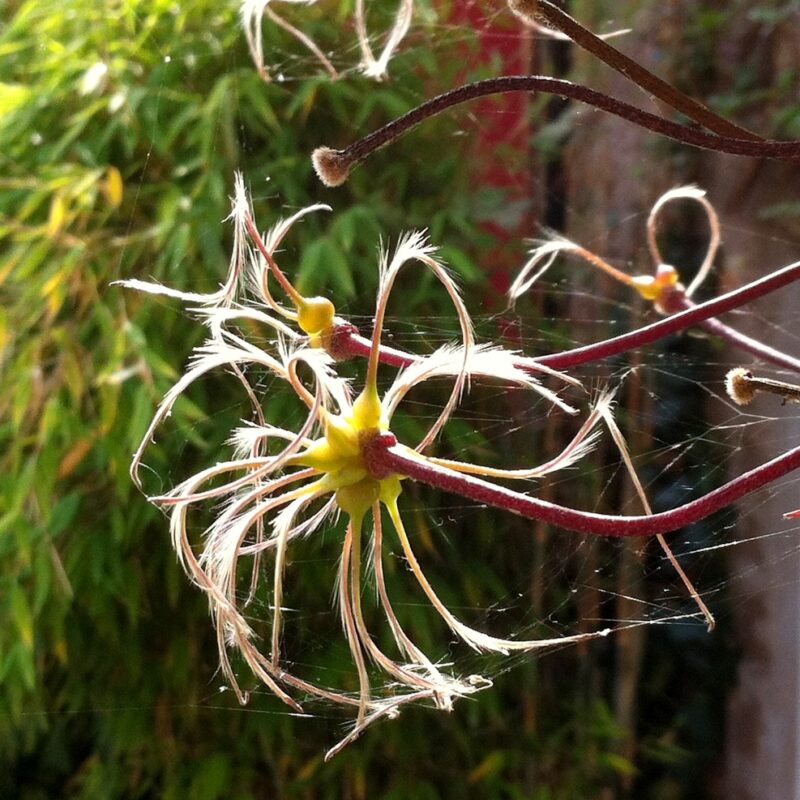
Pollination Process
To understand how seeds are formed, one must first consider the pollination process. Clematis flowers are generally hermaphroditic, containing both male and female reproductive parts. Pollination usually occurs through insects, particularly bees, which are attracted to the vibrant blooms and sweet nectar.
Once pollinated, the ovary of the flower begins to develop into seeds. The timeframe from pollination to seed maturity can take several weeks, depending on the species and environmental conditions. During this period, the flower wilts, and the petals drop away, leaving behind the developing seed head.
Seed Development Journey
As the ovary swells, the seeds grow inside, encased in the protective seed pod. The development journey progresses through several stages until the seeds reach maturity. When the seeds are ready for harvest, the seed heads change appearance, often becoming dry and brittle.
At this stage, savvy gardeners and seed enthusiasts can collect mature seeds to propagate new clematis plants. Knowing when to harvest involves keen observation; the ideal time is when the pappus begins to turn brown or gray, indicating ripeness.
Observing Clematis Seeds Closely
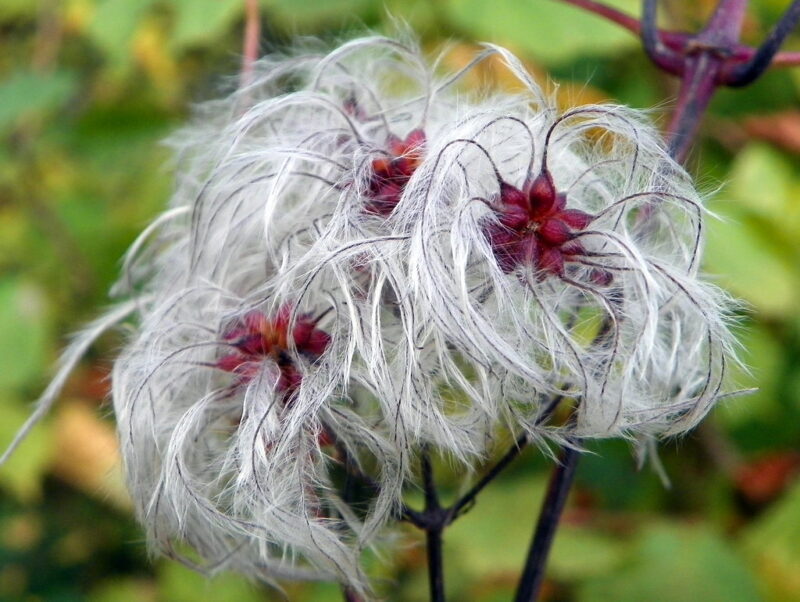
Making the Observation
If you’re fortunate enough to have a clematis vine in your garden or nearby, take a moment to closely observe the seed heads. They often resemble small, fluffy clouds atop slender stalks. Each seed head can contain multiple seeds, often grouped together.
Magnifying glasses or jewelers’ loupes can enhance your observation experience, allowing you to see the fine details, such as the texture of the seed coat or the intricacy of the pappus. You’ll discover that many seeds have small hairs that catch the light, sparking your curiosity in the wonders of nature.
The Aesthetic Appeal of Seed Heads
Aside from their biological function, clematis seed heads can add aesthetic value to your garden. Long after the flowers have faded, these fluffy structures can create visual interest, particularly during late summer and autumn. They often remain on the vine, providing texture and form against the backdrop of changing seasons.
Incorporating clematis seed heads into floral arrangements or dried flower collections is a growing trend, as they can lend a whimsical quality to decor. As you observe these delightful structures, consider how they can enhance your garden’s visual story.
Collecting and Preparing Clematis Seeds
Harvesting Seeds
If you’re interested in growing clematis from seed, timing is key. Wait until the seed heads are dry and brown before harvesting. Gently twist or cut the seed heads from the vine, taking care not to damage the plant.
After collection, store the seed heads in a paper envelope or a breathable container. An area with good air circulation is ideal for drying, stopping any potential mold growth.
Cleaning the Seeds
Once dried, gently extract the seeds from the fluffy pappus. While not all seeds are surrounded by pappus, many will have a few strands attached. Shake or lightly manipulate the seed heads to release the seeds without damaging them.
Cleaning the seeds is an essential step, as excess fluff can harbor moisture, making seeds susceptible to rot during storage. A fine mesh sieve can be useful for separating seeds from the surrounding material.
Germinating Clematis Seeds
The Germination Process
Germination is the next step in the life of clematis seeds, a process that requires specific conditions to occur. Generally, clematis seeds have a dormant phase, meaning they may need a period of cold stratification before they can sprout. This mimics the natural cycle of exposure to winter conditions.
To prepare seeds for germination, place them in a damp paper towel inside a plastic bag and store them in the refrigerator for several weeks. After this period, they can be planted in a well-draining potting mix.
Optimal Conditions for Growth
For optimal growth post-germination, clematis seeds require warmth, moisture, and light. Keeping soil consistently moist but not soggy is crucial for seedling health. A sunny spot with indirect light will help facilitate healthy growth, as too much direct sun can harm delicate seedlings.
As the seedlings emerge, patience is key. It may take several weeks or even months before they become strong enough for transplanting. Once they’ve developed a few sets of true leaves, they can be moved outdoors.
Growing Clematis from Seed: Tips and Tricks
Choosing the Right Location
After germination, selecting the right location for planting is vital. Clematis loves rich, well-drained soil and can thrive in full sun to partial shade. Ensuring that the plants can climb will also help them flourish.
Consider using trellises, fences, or other supports to encourage upward growth. Clematis vines require proper airflow to prevent disease, so adequate spacing is also an essential consideration.
Fertilization and Care
Providing clematis with the nutrients they need for growth is critical, and the right fertilization can make a world of difference. As seedlings establish, you can begin feeding them with a balanced, slow-release fertilizer. This will promote healthy foliage and flowering down the line.
Regular watering and mulching also help retain moisture around the base of the plants, especially during dry spells. Keep an eye out for pests like aphids or spider mites, and consider implementing natural pest control methods to ensure your plants remain healthy.
Varieties of Clematis and Their Seeds
Exploring Species Diversity
Clematis comes in numerous varieties, each with unique characteristics. A few noteworthy species include:
Clematis montana: Known for its vigorous climbing ability and fragrant blooms, the seeds of this species are smaller but equally fluffy.
Clematis jackmanii: A popular hybrid, this clematis produces large, showy flowers and seeds that are easily recognizable due to their long pappus.
Clematis heracleifolia: This variety grows in clusters and is appreciated for its unusual flower shape. Its seeds are less fluffy compared to others, making them easier to handle.
Understanding the characteristics of different clematis varieties allows you to experiment with various species, enhancing the diversity of your garden.
The Unique Features of Hybrid Seeds
Hybrid clematis varieties can also produce seeds, but their resulting offspring may not always resemble the parent plant due to their mixed genetics. This unpredictability adds an element of surprise to gardening, as you might end up with a unique blend of colors or flowering habits.
When working with hybrid seeds, take careful note of their characteristics, as each one may have its growing requirements and care needs.
Conclusion: The Fascinating World of Clematis Seeds
Clematis seeds, often overlooked in favor of the showy flowers, offer a rich area of exploration for gardening enthusiasts and nature lovers alike. From their unique appearance to their vital role in the life cycle of clematis, these seeds are a testament to the intricacies of plant biology.


